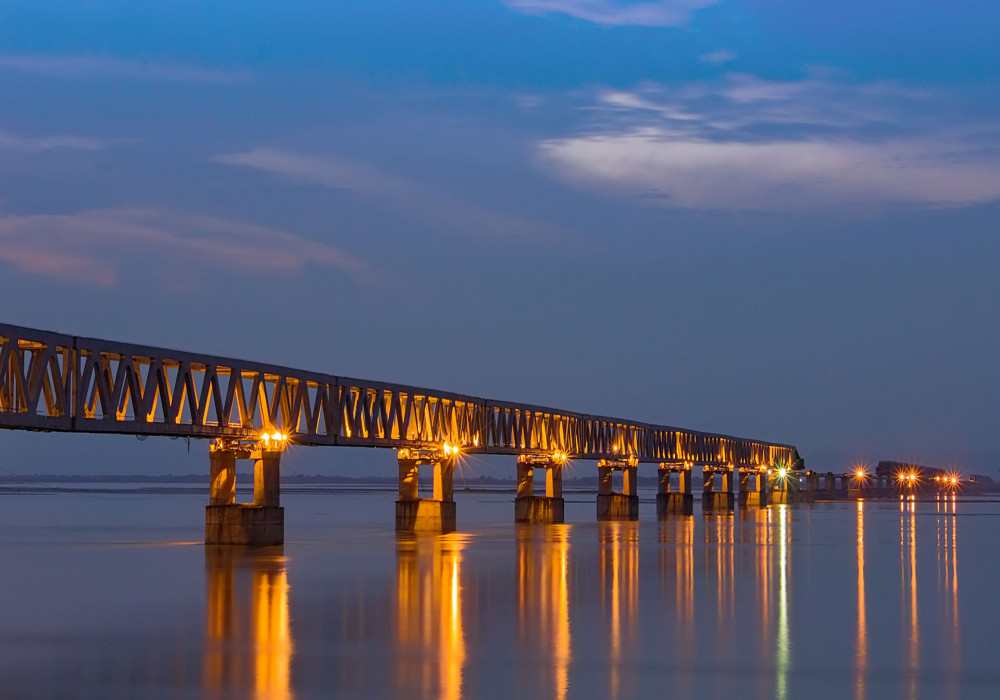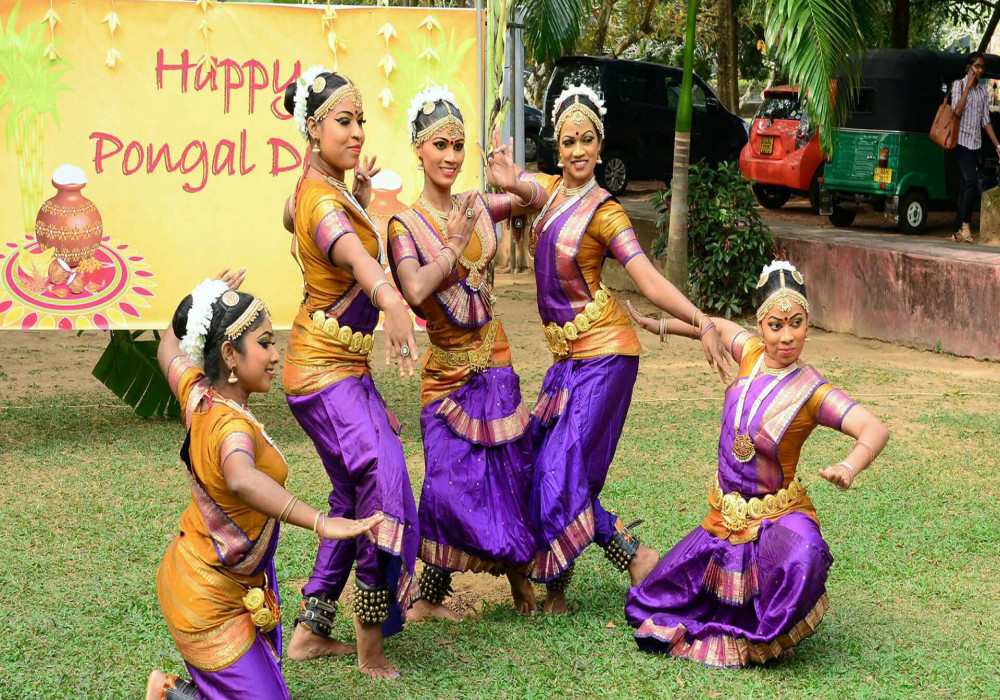
Last Updated At: 01-Dec-2022
Jamali Kamali Mosque and Tomb Delhi - History & Haunted Story
“Where there is a ruin, there is a hope of treasure”
-RUMI
You would wonder why this blog starts with a quote like this. Well, let me put your inquisitiveness at rest by sharing my experience of visiting this relic that lost its glory in time, Jamali Kamali Tomb and Mosque located in the Archaeological Park, Mehrauli, Delhi.
The unfortunate predicament is, despite located at the best location, which is right behind the very famous monument, Qutub Minar, still, the footfall is sparse. The Archaeological Park is home to many such treasures falling through the cracks that are in dire need to be overhauled.
With a hope to discover yet another gem, a quest to know the real story of Sufi saints, Jamali and Kamali, I took off for this place. To be honest, I did extensive research, before I finally made up my mind, as I heard the place was haunted by Djinns, also, there are plenty of stories doing rounds on Google, didn’t know which one to believe, though.
Probably, that made me adamant to visit this place, all by myself. With no place to park my car, I went back to the Qutub Minar Metro Station to safely park my car, from there I took an auto, shared one, that charged me 20 INR, and dropped me at the very entrance of the park.
Though the park, at the entrance, is lush green, the other side flaunts an ethereal rose garden, but as you move further you would find the place getting deteriorated. As I hit the trail in the park, I found the pillars on which directions were mentioned. I moved forward with heavy steps as I was still skeptical as to how my experience would be?
History Of Jamali Kamali Tomb and Mosque
As I reached the mosque, I was awestruck by the èclat, the flamboyance left me spellbound. Jamali-Kamali complex, one of the foremost Sufi shrines in the city, the colossal, tranquilizing mosque was constructed in 1528-29 AD by Sheikh Jamali himself.
Made with red stone, intricately designed with white marble and gray highlights, the overall look was speaking, tall about the ritziness of the Mughal era, this being one of the swankiest pieces of Mughal mosque architecture. The prayer hall comprises of five arches with only a central arch having a dome that was once studded with exquisite regalia and medallion.
The niches and walls have inscriptions from the Koran. It is said that Jamali, the Sufi saint of the royal court passed away in 1536 AD while accompanying Emperor Humayun in an expedition to Gujarat, and to pay tribute to his fascinating work, soon after his death, Humayun got the tomb built in his name, adjoining the Mosque, where we find the graves of both Jamali and Kamali. Kamali, however, died much later.
We still can find their verses etched on the walls of the tomb, which makes them immortal in this otherwise mortal world.
Jamali was a celebrated Sufi poet of his era and his poetic skills dazzled the Mughal emperors. There are not many traces about Kamali, however, there are many stories of both of them being together. While speaking to the guide, he said that their relationship was looked upon in many ways by a lot of people back then, all of which seemed to be mere rumors than reality.
He said, “to some people, Kamali was a disciple to Jamali, who was very close to his heart, while some claimed that he was the main poet while Jamali used his work since he was renowned and took the entire credit of poetry to his name, he was a caretaker to Jamali, last but not least, the most interesting tale was to know that the famous author, Karen Chase, in her book, Jamali-Kamali, A Tale of Passion in Mughal India, depicted them as a gay couple, Kamali being the wife to Jamali.”
Jamali Kamali Masjid haunted Story
This was not all, I indeed gathered much more, this mysterious place has many controversial stories, not just the relic and the graves. This place, as I mentioned earlier is marked amongst the most haunted places, it is said that with the graves of Jamali and Kamali in the tomb, resides Djinns (jinns) that even today can be seen by many.
Folks visiting the tomb had experienced paranormal activity in the condo. Many people get slapped by Jinn and their tiny hand-prints are left for days on their cheek, sometimes the place starts reeking without a trace of anything foul in the vicinity, some people see a person standing behind a pillar and as they got closer, the person disappears, creepy noises, a whiff of air in the neck and what not to the spooky tales about the place.
Honestly, I was petrified initially, however, after visiting this place my misconceptions are all shoved off. I really found this place pristine and calming to the soul. As the place is out of public sight, I got my time to sit, meditate and enjoy the bliss.
The positive vibes that the Sufi Saints left behind would bring me back to the ruins yet again to explore the fragments from the past. The leftovers of The Mughals calls to be heard or told or maybe, to be spruced up, who knows.
Points To Be Taken Care Of While Visiting Jamali Kamali Masjid
• Park your vehicles at the Qutab Minar metro station and take an auto from there. If commuting in the metro is not an issue, then the closest metro station would be Saket or Qutab Minar.
• There is no entry fee and you are allowed to carry cameras for free. Many people come here for photoshoots as well.
• Timings are 5 AM – 6:30 PM. The earlier, the better.
• Carry your own food and water bottles, as there is no canteen or eating joint in the park.
• Wear comfortable shoes as you would have to walk around a lot.
• No toilets in and around the park, use toilets at metro before and after visiting the park.
--- Published By Shradha Mehra
Latest Blogs

Cash in the Wild: My Safari Adventure Across Kenya with Only...

One Day Picnic Spot Near Pune - Adventure, Trekking and Natu...

One Day Picnic Spots Near Mumbai - Monsoon, Adventure, Beach...

The Best Places to Go in Thailand in 2025






, Itanagar Has Turned Digital.jpg)





 Dubai
Dubai Malaysia
Malaysia USA
USA





